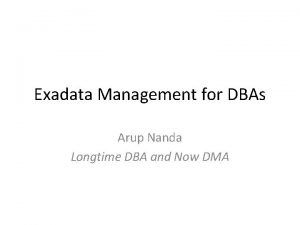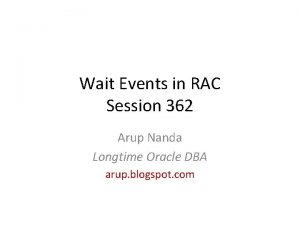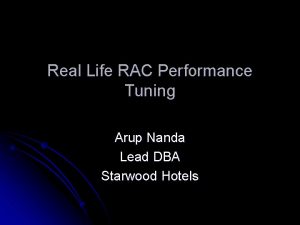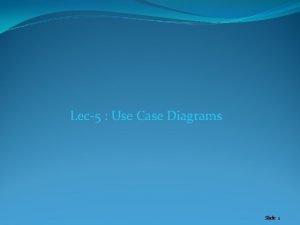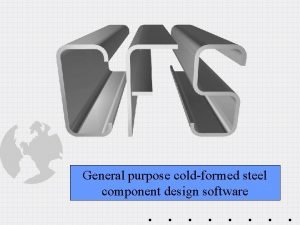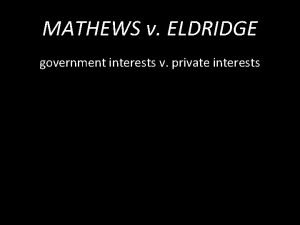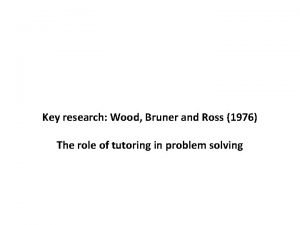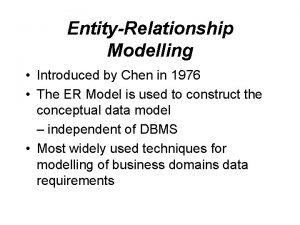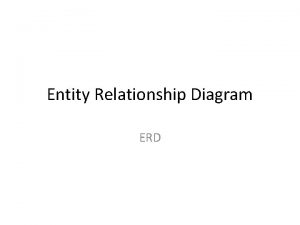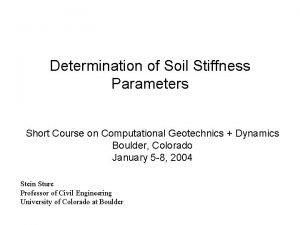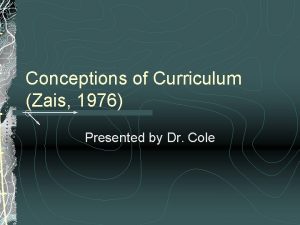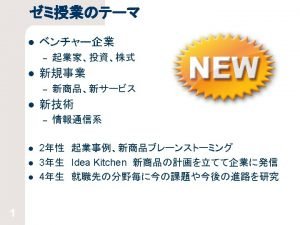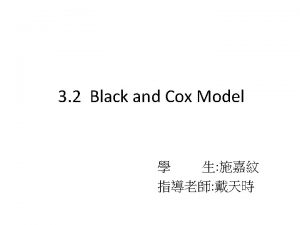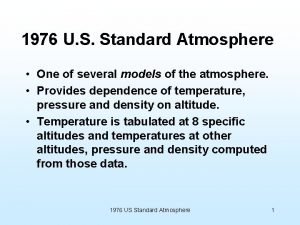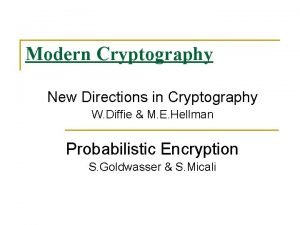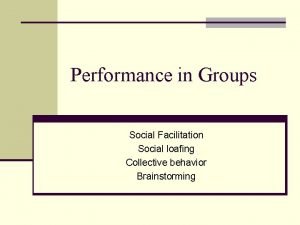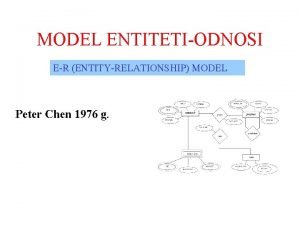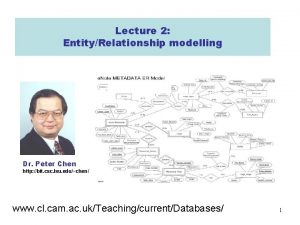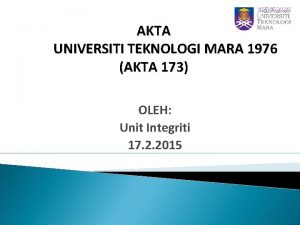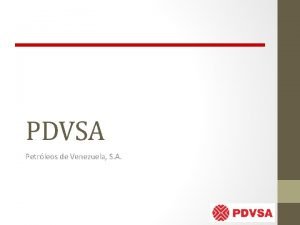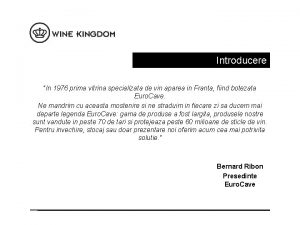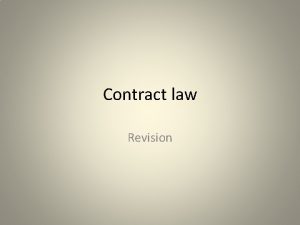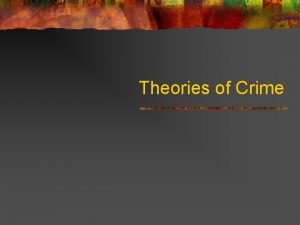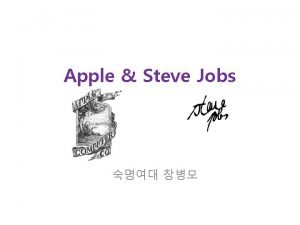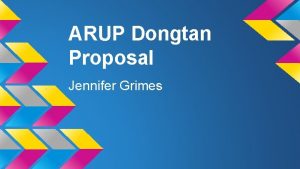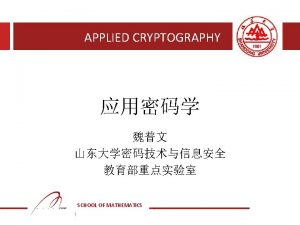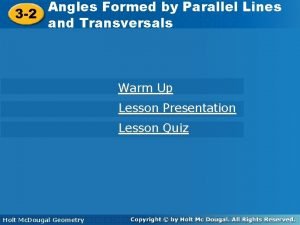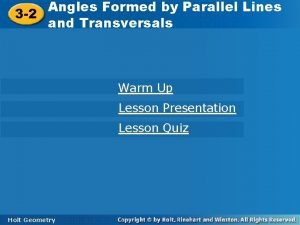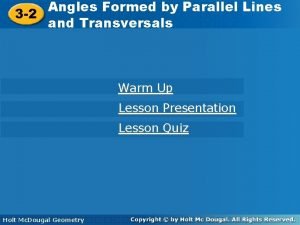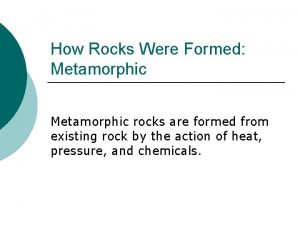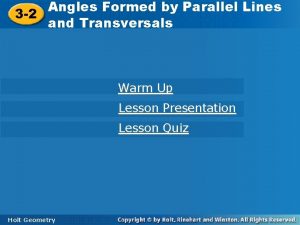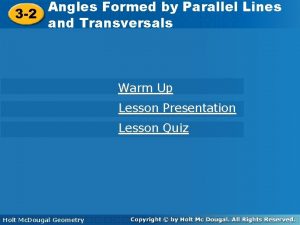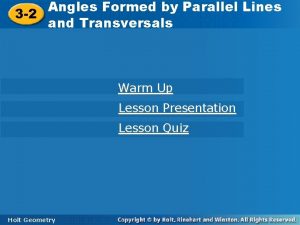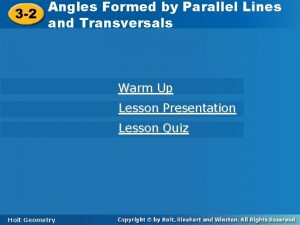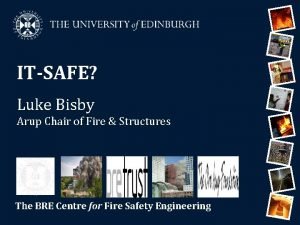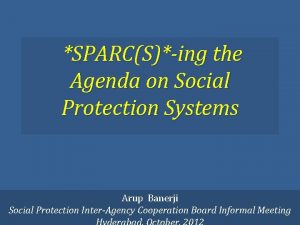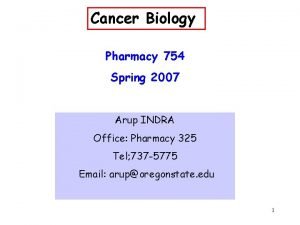Formed in 1976 to develop software for Arup












































- Slides: 44

• • • Formed in 1976 to develop software for Arup Due to success – the software was commercialised with Oasys Ltd incorporated in 1979 Lead developers are engineers who have moved to programming Making Good Structural Analysis Models The webinar will begin shortly Professor Peter Debney This presentation is protected by international copyright laws. Reproduction and distribution of the presentation without written permission from Peter Debney or Oasys Ltd is prohibited. Enquiries: oasys@arup. com Structural Engineering Geotechnical Engineering Pedestrian Simulation

The webinar has now started – please check your audio Introduction Making Good Structural Analysis Models Nigel Rees Commercial Manager Peter Debney Application Specialist Visiting Professor Bradford University

Principles of Good Modelling

As Accurate as is necessary “It’s better to be roughly right than precisely wrong. ” John Maynard Keynes

As Accurate as is necessary “Everything is vague to a degree you do not realise until you have tried to make it precise…” Bertrand Russell

Accuracy - Verification “the process of determining that a calculation method implementation accurately represents the developer’s conceptual description of the calculation method and the solution of the calculation method. ” (ISO 16730) In other words: is the model correct?

Accuracy - Verification • Are all the loads, dimensions, sections, and materials correct

Accuracy - Verification • Are all the loads, dimensions, sections, and materials correct? • Sum total loads and reactions

Accuracy - Verification • Are all the loads, dimensions, sections, and materials correct? • Sum total loads and reactions • Check mesh shapes are not too stretched

Accuracy - Verification • Are all the loads, dimensions, sections, and materials correct? • Sum total loads and reactions • Check mesh shapes are not too stretched • Check for very short or long elements

Accuracy - Verification • Are all the loads, dimensions, sections, and materials correct? • Sum total loads and reactions • Check mesh shapes are not too stretched • Check for very short or long elements • Stability Analysis

As Realistic as is appropriate “It is the mark of an educated man to look for precision in each class of things just so far as the nature of the subject admits. ” Aristotle

As Realistic as is appropriate “Models are simplified reproductions of portions of reality that, if validated, are still able to capture a few of its essential properties. ” Guido Fioretti

Model Validation “the process of determining the degree to which a calculation method is an accurate representation of the real world from the perspective of the intended uses of the calculation method. ” (ISO 16730) In other words: is the model realistic?

Realistic Boundary Conditions

Realistic Boundary Conditions

Realistic Restraint Stiffness

As Simple as possible "Perfection is achieved not when there is nothing more to add, But when there is nothing left to take away" Antoine de Saint-Exupery

As Simple as possible "Make things as simple as possible, but no simpler. " Albert Einstein Have you included what you need to include? Have you removed what you can remove?

Captures the Important behaviours “All models are approximations. Essentially, all models are wrong, but some are useful. However, the approximate nature of the model must always be born in mind. ” George E. P Box and Norman Draper

Sleipner A Oilrig Collapse

Checklist for Checking • Stage 1 – look and think • Is the displaced shape correct? • Does the bending moments or stress distribution look sensible? • Are there any discontinuities in the results? • Stage 2 – see if the answers are sensible • Do a separate hand calculation • Build a simplified FEA model of the structure • Stage 3 – check really carefully • Build the model again in another program, or get someone else to do it

Structural Types Model Types

Model Types 1 D – single beam, column, or slab 2 D – portal frame, truss, or floor 3 D – whole building or bridge

1 D Models Beams Columns …

2 D Models • Plane frame

2 D models restrain out of plane, but does the design?

2 D Models • Plane frame • Floor

2 D Models • Plane frame • Floor • Plane Stress

2 D Models • Plane frame • Floor • Plane Stress • Plane Strain

2 D Models • Plane frame • Floor • Plane Stress • Plane Strain • Axisymmetric

3 D Models

Structural Types Stick 1 D elements Shell 2 D elements Mass 3 D elements

Element Types

3 D Elements BRICK 8 / HEX 8 3 D Element Formulations • Solid • Infinite TET 4 PENT 6

2 D Elements TRI QUAD TRI 3 TRI 6 QUAD 4 QUAD 8 Linear Parabolic 2 D Element Formulations • Plane Stress • Plane Strain • Axisymmetric • Plate • Shell • Curved Shell • Fabric • Load Panel • Wall

2 D Elements – Grid Loads vs. Load Panels

2 D Elements – Wall Elements

1 D Elements 1 D Element Formulations • Beam • Bar (Truss) • Rod • Strut • Tie • Cable • Spring • Link

1 D Elements – Ties vs. Sliding Cables

0 D Elements 0 D Element Formulations • Mass • Ground Spring

Conclusion

What makes a good model? Good models: • Are as accurate as necessary • Are as realistic as appropriate • Are as simple as possible • Capture the important behaviours

Thank you for your time… DO YOU HAVE A QUESTION? Write your questions in the ‘Questions’ pane within the Go. To. Webinar Control Panel or contact us afterwards. Contact details oasys-software. com oasys@arup. com +44 (0) 207 755 4515 @oasys_software Peter. Debney@arup. com www. linkedin. com/in/peterdebney We’ll get back to you with answers as soon as we can.
 Arup guha
Arup guha Tspci
Tspci Arup nanda exadata
Arup nanda exadata Arup guha
Arup guha Arup guha
Arup guha Arup
Arup Bila+
Bila+ Alarm clock use case diagram
Alarm clock use case diagram Cold-formed steel design software
Cold-formed steel design software Hamilton and gifford 1976 ib psychology
Hamilton and gifford 1976 ib psychology 1973 türkiye güzeli beyhan kıral
1973 türkiye güzeli beyhan kıral Hobbs and holt 1976
Hobbs and holt 1976 Mathews v. eldridge (1976)
Mathews v. eldridge (1976) Bruner 1976 scaffolding
Bruner 1976 scaffolding It was introduced by chen in 1976
It was introduced by chen in 1976 Erd simbol
Erd simbol Duncan and buchignani 1976
Duncan and buchignani 1976 Zais 1976
Zais 1976 Apple i 1976
Apple i 1976 Black cox model
Black cox model 1976 standard atmosphere
1976 standard atmosphere 1976 new directions in cryptology
1976 new directions in cryptology 1976 olympic boycott
1976 olympic boycott Byrne and long 1976
Byrne and long 1976 Armando malay veneration with understanding 1976
Armando malay veneration with understanding 1976 Social loafing examples
Social loafing examples Peter chen 1976
Peter chen 1976 Entity types
Entity types Dogadjaj iz 1976
Dogadjaj iz 1976 Akta 173 uitm
Akta 173 uitm 1966 1967 1968 1969 1970 1971 1972 1973 1974 1975
1966 1967 1968 1969 1970 1971 1972 1973 1974 1975 Staw 1976
Staw 1976 Pdvsa 1976
Pdvsa 1976 Vin 1976
Vin 1976 Curtis v chemical cleaning
Curtis v chemical cleaning 1969 1970 1971 1972 1973 1974 1975 1976 1977 1978
1969 1970 1971 1972 1973 1974 1975 1976 1977 1978 Koluchova 1976
Koluchova 1976 Steve jobs 1976
Steve jobs 1976 Iso 22301 utbildning
Iso 22301 utbildning Typiska novell drag
Typiska novell drag Nationell inriktning för artificiell intelligens
Nationell inriktning för artificiell intelligens Returpilarna
Returpilarna Shingelfrisyren
Shingelfrisyren En lathund för arbete med kontinuitetshantering
En lathund för arbete med kontinuitetshantering Särskild löneskatt för pensionskostnader
Särskild löneskatt för pensionskostnader


